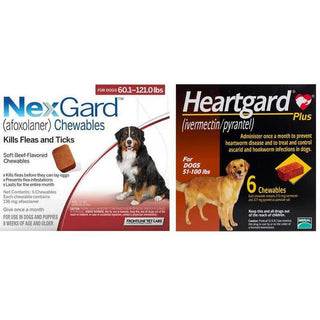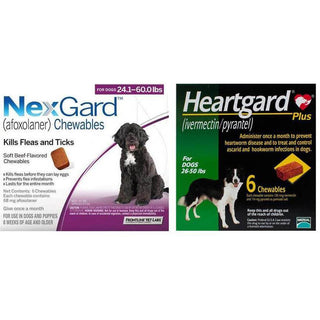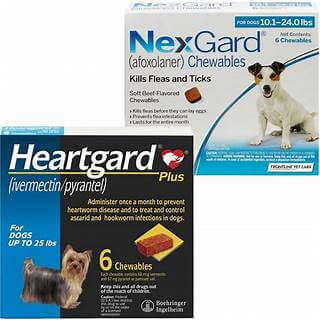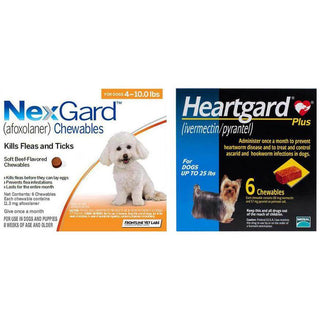Common Brand Names
Not available as a single-ingredient product for use with household pets.
Combined Ingredients
- Activyl Tick Plus Spot-On for Dogs (with Indoxacarb)
- Advantix Spot-On for Dogs (with Imidacloprid)
- Vectra 3D Spot-On for Dogs (with Dinotefuran and Pyriproxyfen)
Uses Of Permethrin
Permethrin is a wide-spectrum ectoparasiticide used to treat fleas, ticks, mites, lice, and mosquitoes in dogs. Unfortunately, Permethrin is toxic for cats.
It has a repellent effect against ticks and can be combined with other active ingredients like Imidacloprid to help parasite resistance to a particular insecticide.
Method Of Application
Permethrin comes for external applications only. It is combined with other ingredients as a spot-on or topical solution.
Dosage And Administration
The dosage and administration of permethrin-based pet medicine products will vary depending on the product and the type of pet. However, here are some general guidelines for using permethrin-based products:
- Topical treatments: These products are usually applied directly to the pet's skin or coat, often on the back of the neck or between the shoulder blades. The recommended dosage will depend on the pet's weight, and the label will indicate the appropriate amount for your pet.
- Flea and tick collars: These collars are placed around the pet's neck and worn continuously. The collar will release small amounts of Permethrin over time to protect the pet from parasites.
- Lice Treatment: Lice treatment shampoos should be applied to the pet's dry coat. It would help if you wet the pet with water, and the shampoo should be worked into a lather. The pet should be left for 10-15 minutes before rinsing.
- Protection against various diseases: The flea and tick products should be applied at the start of the tick and flea season and re-applied as directed by the product label.
It's important to follow the dosage and administration instructions provided by the manufacturer, as overuse or misuse can be harmful to pets. If you have questions or concerns about using a permethrin-based product on your pet, consult a veterinarian.
Possible Side Effects
Permethrin is generally considered safe when used as directed, but as with any medication, it can cause side effects in some animals. Here are some possible side effects of permethrin-based pet medicine products:
- Skin irritation: Some pets may experience mild skin irritation or itching at the application site. This is usually temporary and can be treated with a mild anti-itch cream or ointment.
- Allergic reactions: In rare cases, pets may experience an allergic reaction to Permethrin, which can cause symptoms such as redness, itching, swelling, or difficulty breathing.
- Neurological symptoms: Permethrin can cause neurological symptoms such as tremors, convulsions, and muscle twitching in some pets. These symptoms are more common in cats than dogs, particularly when the product is used in large amounts or in a way that is not recommended.
- Gastrointestinal symptoms: Some pets may experience vomiting, diarrhea, or loss of appetite.
- Toxicity: Overdose of Permethrin can cause toxicity, resulting in severe symptoms such as seizures, coma, and death.
It's important to monitor your pet for any signs of side effects after using a permethrin-based product and to contact a veterinarian immediately if you notice anything unusual. In addition, if your pet has a history of allergic reactions or has concerns about using Permethrin on your pet, consult a veterinarian before using the product.
Precautions
Several precautions should be taken when using permethrin-based pet medicine products:
- Follow the instructions: Always read and follow the instructions provided by the manufacturer. Use only the recommended amount of product, and use the product sparingly.
- Keep out of reach of children and other animals: Keep the permethrin-based product secure and out of reach of children and other animals.
- Avoid contact with eyes and mouth: Avoid getting the product in your pet's eyes or mouth. If contact occurs, rinse the area with water.
- Do not use on sick or debilitated pets: Do not use permethrin-based products on sick or debilitated animals or on animals that are underweight or stressed.
- Consult a veterinarian: If you have questions or concerns about using a permethrin-based product on your pet, consult a veterinarian. Especially if your pet has a history of allergic reactions or if you have any concerns about using Permethrin on your pet.
- Keep the product in a cool and dry place: Permethrin-based products should be stored in a cool and dry place, away from heat and direct sunlight.
- Do not use permethrin-based products on cats: Permethrin is toxic to cats; never use permethrin-based products on cats.
It is always important to use permethrin-based products as directed and remember that misuse or overuse of these products can harm pets and humans.
Signs Of Toxicity
Signs of toxicity in pets can occur when they are exposed to too much Permethrin. These signs can vary depending on the amount and duration of exposure, but some common symptoms of permethrin toxicity include the following:
- Neurological symptoms: Signs of toxicity may include tremors, twitching, seizures, and muscle stiffness.
- Skin irritation: Pets may experience redness, itching, or burning at the application site.
- Gastrointestinal symptoms: Pets may experience vomiting, diarrhea, and loss of appetite.
- Respiratory symptoms: Pets may experience difficulty breathing, coughing, or wheezing.
- Behavioral changes: Pets may become restless, anxious, or disoriented.
- Dermal symptoms: Pets may experience hair loss, scaling, or skin crusting.
If you suspect your pet has been exposed to too much Permethrin or if you notice any of these symptoms, contact a veterinarian immediately. It's important to provide your veterinarian with as much information as possible, including the type of product used, the amount and duration of exposure, and any symptoms you have observed. With prompt treatment, most pets will recover from permethrin toxicity.
Disclaimer
The information provided on this page is for normal reference only and is not intended to replace veterinary advice or packaging label. You should consult your vet first. Here may have included only some of the uses, side effects, brand names, or applications.






